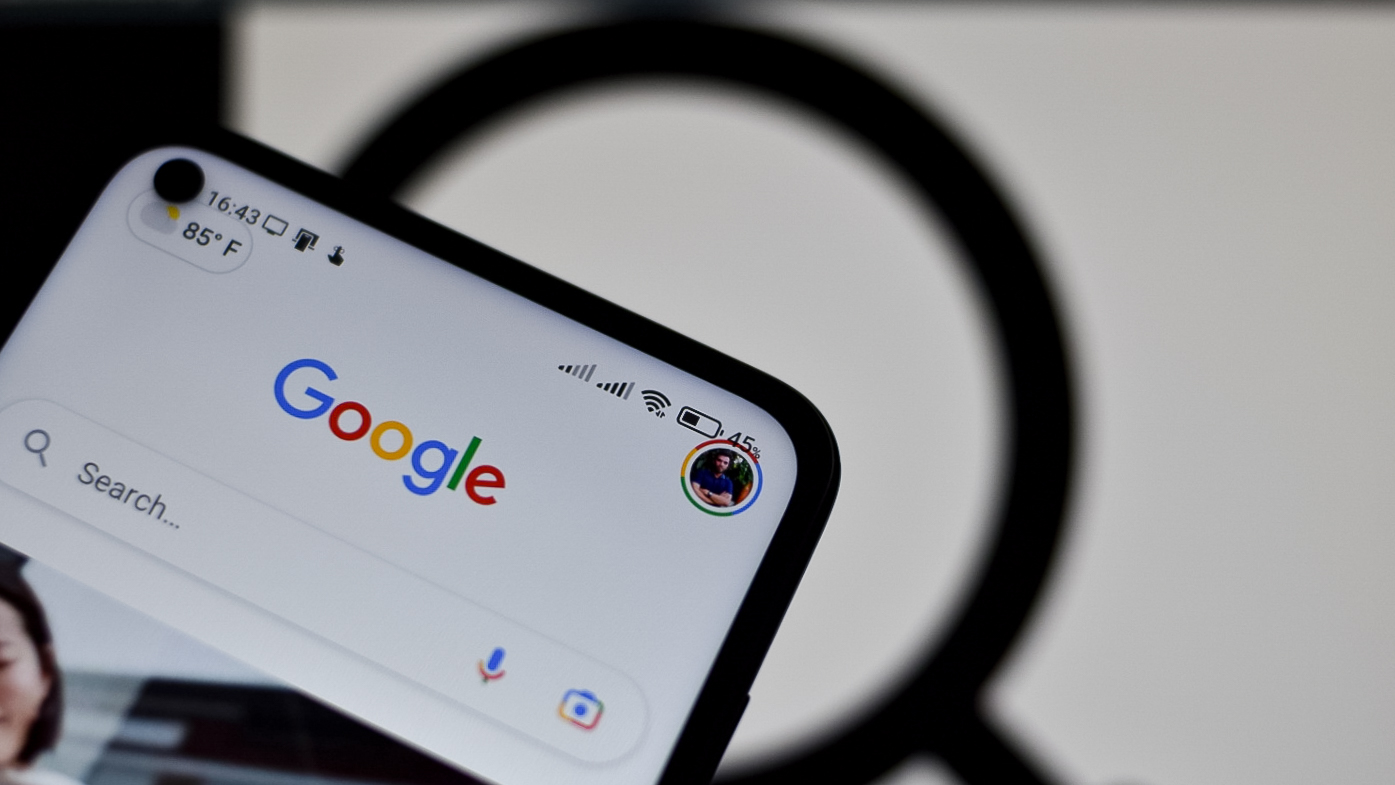From more AI and foldable devices to better 5G – here’s what we expect from the mobile tech market in 2025

As we enter 2025, the mobile technology landscape will continue to evolve at an alarming rate. From groundbreaking advances in hardware to innovative software solutions, the industry is poised for significant growth and transformation. Let’s dive into the key trends shaping the mobile technology market in 2025.
Foldable phones: the future of smartphone design?
One of the biggest trends of 2025 Can The rise of foldable phones. Manufacturers are pushing the boundaries of smartphone design, offering devices that seamlessly transition between phone and tablet modes. These devices are becoming more affordable and reliable, making them an attractive option for consumers looking for a versatile mobile experience.
All it takes is one company making a major breakthrough in hardware or design to get foldable devices back on track and becoming the norm rather than the exception. If that doesn’t happen, we’ll have the same market players doing the same thing, and consumers will continue to largely ignore foldable phones.
AI Integration: Trying to Revolutionize the Mobile Experience

Artificial intelligence (AI) is rapidly being integrated into every aspect of mobile technology. AI-powered features are enhancing the user experience in a variety of ways, including:
A smarter personal assistant: Virtual assistants are becoming increasingly intelligent, able to understand complex queries and provide tailored advice. This is largely due to the integration of artificial intelligence.
Advanced photography system: Artificial intelligence-driven camera systems are revolutionizing mobile photography, enabling features such as instant object recognition, scene optimization, and stunning low-light performance.
Enhanced security: Artificial intelligence enhances mobile security by detecting and preventing online threats, such as phishing attacks and malware.
This is expected to continue into 2025, with companies working hard to find new ways to use artificial intelligence. Some of them will be great and useful; others won’t. Like it or not, artificial intelligence is the future of software. At least until something better comes along.
5G: The backbone of high-speed connectivity

Our expectations for 5G are wrong. Our phones won’t have blazing-fast internet speeds everywhere, and the way technology works will never allow it. Still, 5G delivers on its promise in other ways, especially when it comes to the backbone that powers everything. Quiet expansion will also continue in 2025.
The widespread deployment of 5G networks is changing the way we interact with our devices. 5G delivers significantly faster speeds, lower latency, and greater capacity, ushering in a new era of mobile experiences:
Cloud gaming: 5G empowers cloud gaming services, allowing users to experience high-quality games without the need for powerful hardware on mobile devices and laptops.
Augmented Reality (AR) and Virtual Reality (VR): 2025 won’t be the year AR/VR becomes ubiquitous, but 5G will continue to make the experience even better. 5G’s high bandwidth and low latency are critical for immersive AR and VR experiences.
Remote working and learning: 5G facilitates seamless remote working and online learning by enabling high-quality video conferencing and fast file transfer. As technology continues to spread, more and more people – especially in rural areas – have access to acceptable internet. This is important and it will continue to get better.
Sustainable technology: it has to happen

Environmental awareness is driving a shift in sustainable mobility technology. Manufacturers focus on environmentally friendly materials, energy-efficient design and responsible manufacturing practices. In addition, measures to extend the service life of devices and reduce e-waste are receiving increasing attention.
Phone makers know this has to happen. The amount of materials available is limited, and as they become more scarce, they become more expensive. Recycled materials and sustainable manufacturing are the future, and I think we will see more companies making real changes in 2025.
Challenges and Opportunities

While the mobile technology market is booming, it also faces some growing challenges.
More and more people are becoming aware of the privacy issues that come with using smartphones. As devices become more interconnected, concerns about data privacy and security become critical.
Despite advances in battery technology, battery life remains a major concern for many users. Promising X% more batteries won’t solve the problem; we need real progress.
Ongoing chip shortages and concerns about possible U.S. tariffs could impact mobile device availability and pricing.
These challenges provide opportunities for innovation and growth. By solving these problems, manufacturers can create devices that are safer, more efficient, and more user-friendly. We probably won’t see this in 2025, but we know phone manufacturers are looking at these areas.
Ultimately, 2025 has the potential to be a remarkable year for mobile technology. With advances in artificial intelligence, 5G, hardware and design, and sustainable practices, the future of mobile devices could be bright.
As consumers, we should expect and Require A more connected, smart and environmentally friendly mobile experience.



